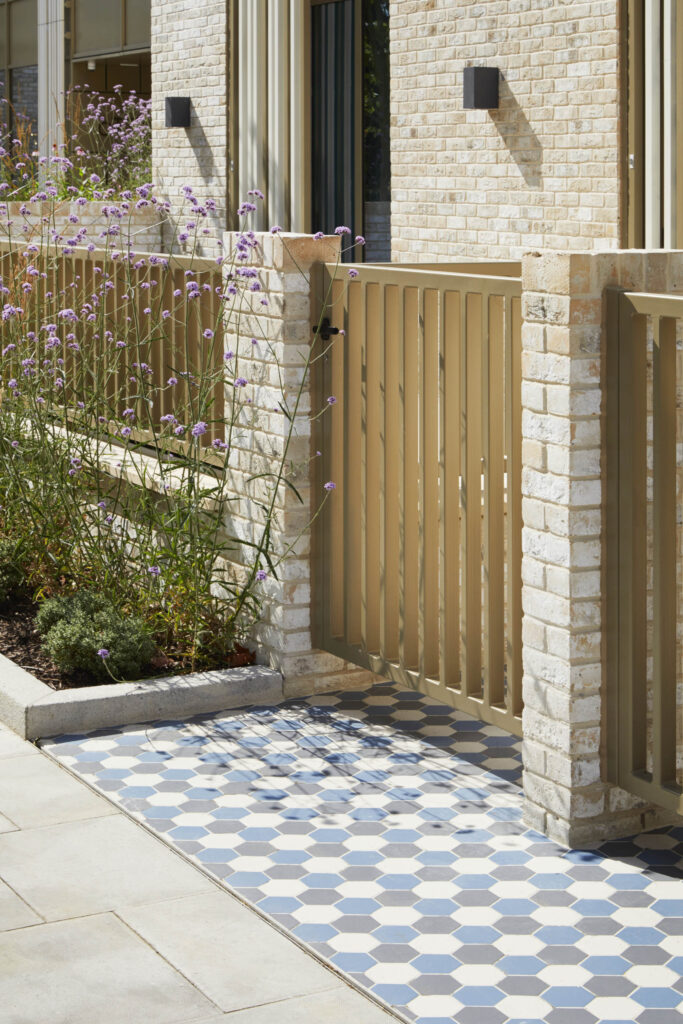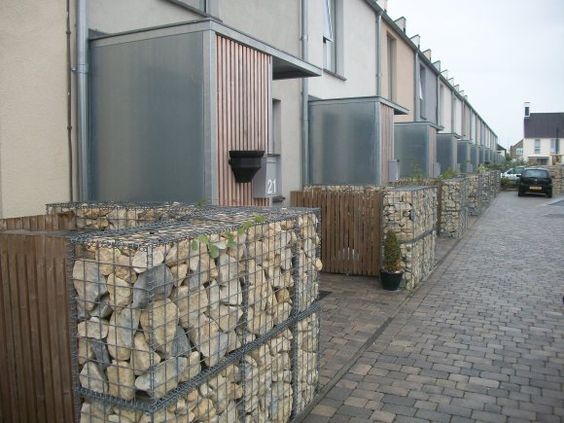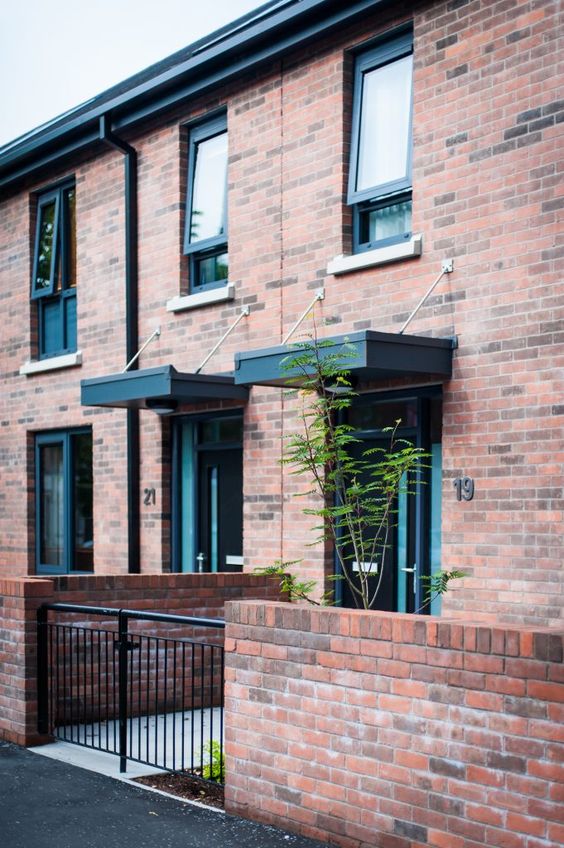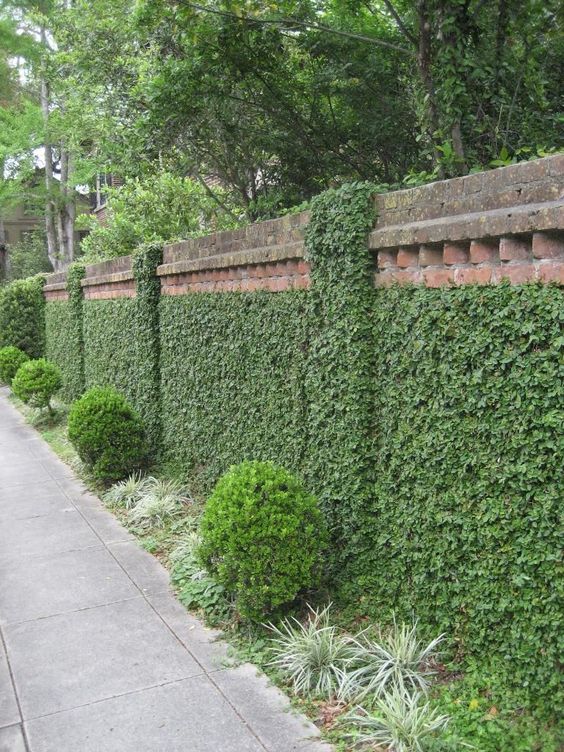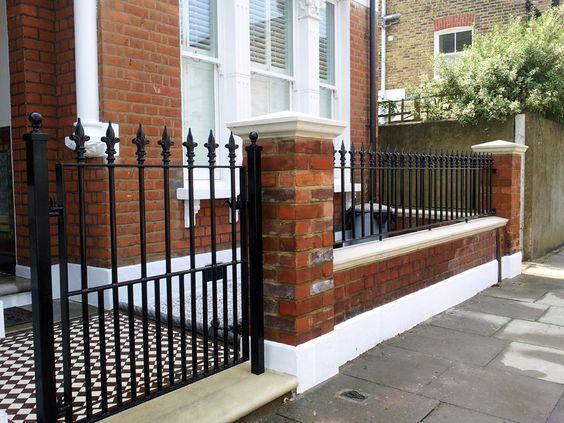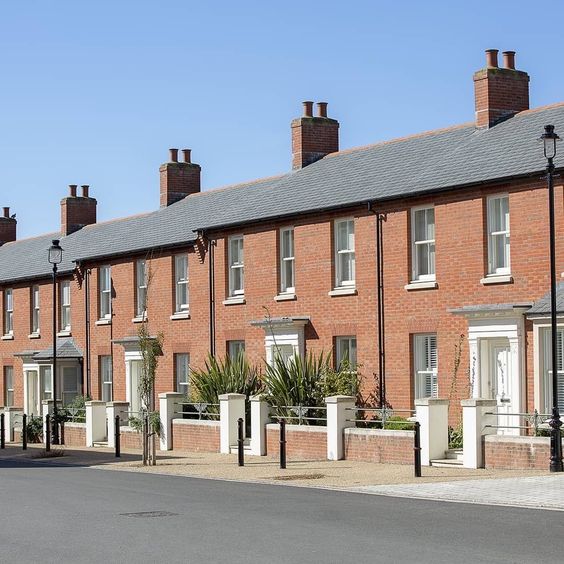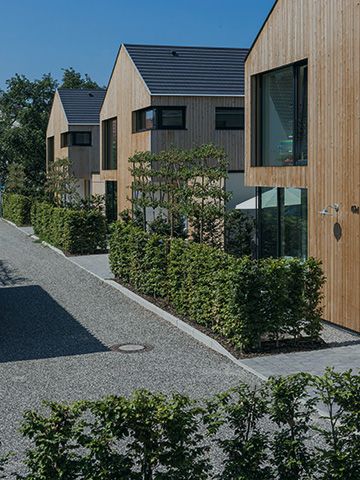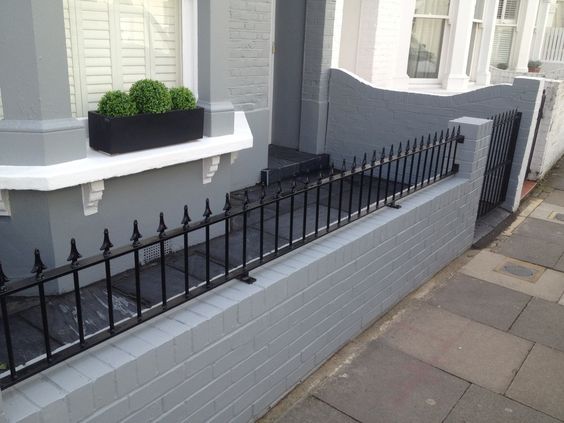Introduction
Part of Trafford’s appeal lies in the diversity of its towns, neighbourhoods and landscapes. The Borough plays host to a rich tapestry of characterful streets and open spaces mixed with many fine examples of architecture.
Trafford was historically an agricultural landscape. Industrialisation did not occur in the area until the late 19th century. Trafford’s main settlements owe much of their characterCharacter includes all of the elements that go to make a place, how it looks and feels, its geography and landscape, its noises and smells, activity, people and businesses. This character should be understood as a starting point for all development. Character can be understood at three levels; the area type in which the site sits, its surroundings and the features of the site. to suburban growth of the 19th and 20th centuries. The construction of the Manchester, South Junction and Altrincham Railway (1849) created new suburbs for the middle classes of Manchester with the construction of villa-type houses centred around railway stations. There are many fine residences constructed from red brick, the distinctive Bowdon ‘white brick’, and sandstone. Roofs are generally slate, and many buildings have terracotta detailingThe details of a building are the individual components and how they are put together. Some are a deliberate part of the appearance of a building, including doors, windows and their surrounds, porches, decorative features and ironmongery. Others are functional, although they can also contribute to the appearance of a building. These include lighting, flues and ventilation, gutters, pipes and other rainwater details. Detailing affects the appearance of a building or space and how it is experienced. It also affects how well it weathers and lasts over time.. A number are by renowned architects including Edgar Wood, Henry Goldsmith, Charles Heathcote and John Douglas.
The diversity of characterCharacter includes all of the elements that go to make a place, how it looks and feels, its geography and landscape, its noises and smells, activity, people and businesses. This character should be understood as a starting point for all development. Character can be understood at three levels; the area type in which the site sits, its surroundings and the features of the site. is something which should be reinforced through the planning and design of new development in the Borough.
New proposals should seek to enhance and draw out the qualities which make each place within Trafford unique. This should be done through well-considered and locally appropriate design responses, avoiding bland solutions.
Trafford's Places
To guide applicants when thinking about the contextThe context includes the immediate surroundings of the site, the neighbourhood in which it sits and the wider setting. The context may include the physical surroundings of topography, movement patterns and infrastructure, built form and uses. An understanding of the context, history and character of an area must influence the siting and design of new development. of their proposals we have defined Trafford through a series of “Places”. These are the localities within the Borough which are recognisable as being of a different characterCharacter includes all of the elements that go to make a place, how it looks and feels, its geography and landscape, its noises and smells, activity, people and businesses. This character should be understood as a starting point for all development. Character can be understood at three levels; the area type in which the site sits, its surroundings and the features of the site. as defined by their architecture, history, characterCharacter includes all of the elements that go to make a place, how it looks and feels, its geography and landscape, its noises and smells, activity, people and businesses. This character should be understood as a starting point for all development. Character can be understood at three levels; the area type in which the site sits, its surroundings and the features of the site., landscape or land uses.
Applicants should seek to understand the unique characteristics of the Place in which they are proposing development. This may include more localised characteristics that should be researched and responded to through the design of proposals.
Trafford Coding Plan
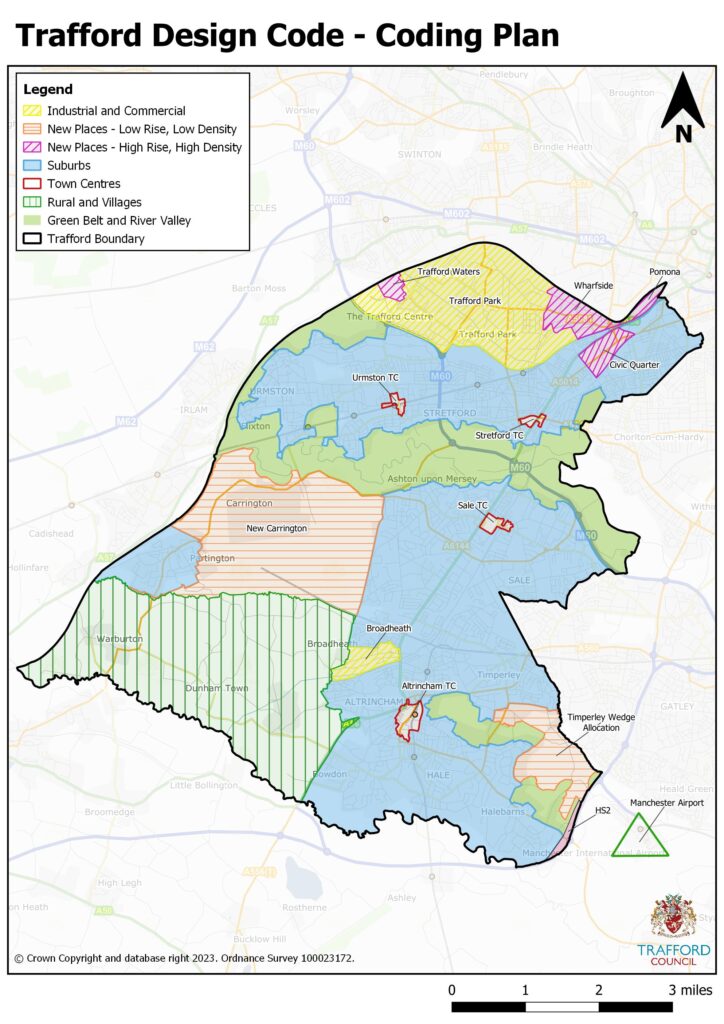
Trafford’s Area Coding Plan shows the areas within Trafford that the Code will apply to along with the distribution of the Area Types. The plan also identifies the location of ‘New Places’ within the Borough.
This plan shows the area to be covered by the Code and divides this up into a series of Area Types as described in the key.
Applicants must identify where their proposed development site is located and the relevant Area TypeParts of the local area that share common features and characteristics. Common rules and parameters can then be applied to each area type. to determine which sections of the Trafford Design Code are applicable. Make sure that you read ‘Which sections should you read?’
Interpreting the Place
The following sections provide an overview of each of Trafford’s Places, describing their typical characteristics and any unique design considerations. It is recognised that there are limitations to this approach as within each ‘Place’ there are numerous and more detailed distinctions that can be made between sub-areas. This chapter has sought to identify some of these characteristics, however it is not practical to identify or indeed describe all these in detail. Therefore applicants are expected to conduct their own analysis prior to any design development and engage in discussion with the Council to ensure a common interpretation of its characterCharacter includes all of the elements that go to make a place, how it looks and feels, its geography and landscape, its noises and smells, activity, people and businesses. This character should be understood as a starting point for all development. Character can be understood at three levels; the area type in which the site sits, its surroundings and the features of the site. is agreed.
Conservation Area CharacterCharacter includes all of the elements that go to make a place, how it looks and feels, its geography and landscape, its noises and smells, activity, people and businesses. This character should be understood as a starting point for all development. Character can be understood at three levels; the area type in which the site sits, its surroundings and the features of the site. Appraisals should also be read in conjunction with the detailsThe details of a building are the individual components and how they are put together. Some are a deliberate part of the appearance of a building, including doors, windows and their surrounds, porches, decorative features and ironmongery. Others are functional, although they can also contribute to the appearance of a building. These include lighting, flues and ventilation, gutters, pipes and other rainwater details. Detailing affects the appearance of a building or space and how it is experienced. It also affects how well it weathers and lasts over time. published here and will take precedence where there is any conflict. Proposals near to the boundary of an area should take into account the characterCharacter includes all of the elements that go to make a place, how it looks and feels, its geography and landscape, its noises and smells, activity, people and businesses. This character should be understood as a starting point for all development. Character can be understood at three levels; the area type in which the site sits, its surroundings and the features of the site. of both adjacent Places. Key design cues have been set out for each Place to assist in your work.
What you should consider
- Applicants must demonstrate an understanding of the Place in which thedevelopment proposals are located. Reference the history, architecture,townscape and landscape of the site and its surroundings when planning anddesigning new development.
- Look to the local vernacular for design cues (highlighted within this section foreach Place), responding to the scale, form, composition, boundaries, materialpalette and detailingThe details of a building are the individual components and how they are put together. Some are a deliberate part of the appearance of a building, including doors, windows and their surrounds, porches, decorative features and ironmongery. Others are functional, although they can also contribute to the appearance of a building. These include lighting, flues and ventilation, gutters, pipes and other rainwater details. Detailing affects the appearance of a building or space and how it is experienced. It also affects how well it weathers and lasts over time..
- Proposals should enhance and reinforce the positive aspects of existingcharacter of the area. New development must contribute to the setting ofexisting historic landscapes and buildings.



